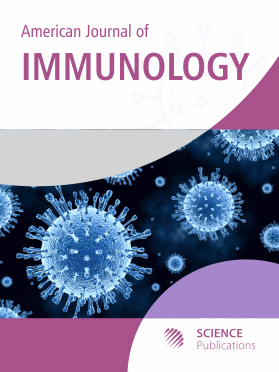Antitumor and Quantitative Structure Activity Relationship Study for Dihydropyridones Derived from Curcumin
- 1 University of Basrah, Iraq
- 2 University of Baghdad, Iraq
- 3 University of Cagliari, Iraq
Abstract
Problem statement: Pyridones are known to have variety of biological activities like antitumor, antibacterial, antiinflamatory and antimalarial activities. This study presented antitumor evaluation of dihydropyridones derived from curcumin, as well as curcumin for comparison. Approach: The compounds evaluated for a preliminary estimation of the in vitro tumor inhibiting activity against 11 of tumor cell lines by using Microculture Tetrazolium assay (MTT) method. The method is based on the metabolic reduction of 3-(4,5-dimethylthiazol-2-yl)-2,5-diphenyltetrazolium bromide. The cell lines of tumor subpanels were incubated within five concentrations (0.01-100 μg mL-1) of each tested compound for 48 h. Results: Antitumor biological activities represented as CC50 were within the range >100-17±1 against leukaemia (MT4). The CC50 values were found to increase with increasing chain length of the substituent on the nitrogen atom. Conclusion: Antitumor activities of the tested dihydropyridones can be enhanced by increasing chain length of the substituent on the nitrogen atom.
DOI: https://doi.org/10.3844/ajisp.2010.7.10

- 4,764 Views
- 3,027 Downloads
- 4 Citations
Download
Keywords
- Dihydropyridones
- curcumin
- leukemia (MTT)
- QSAR
- logP
